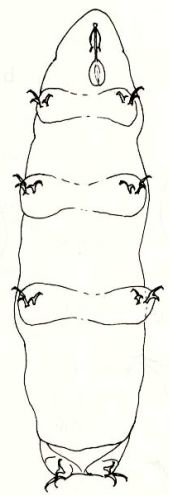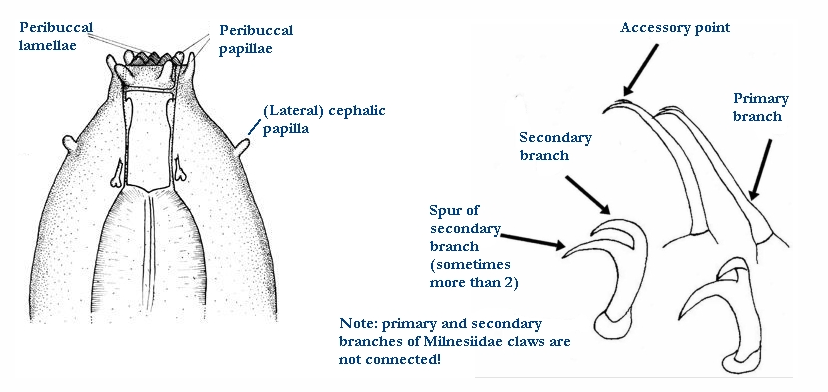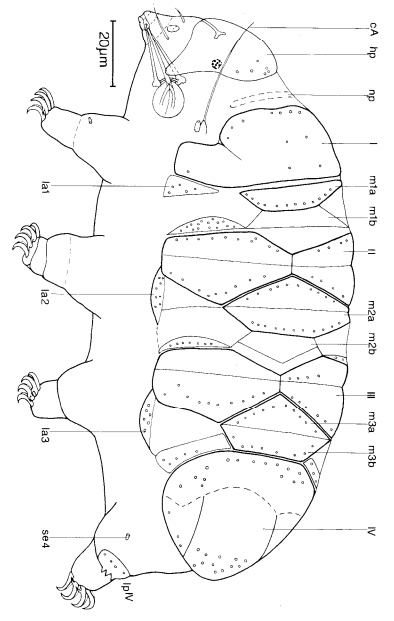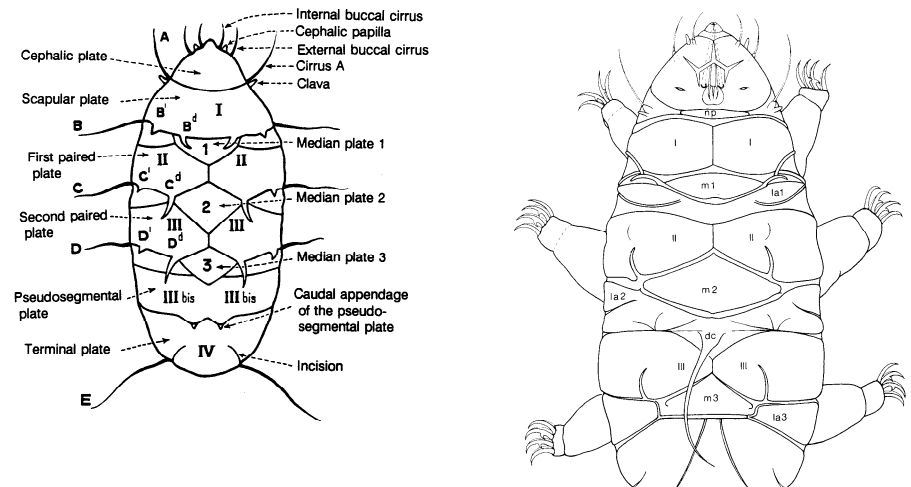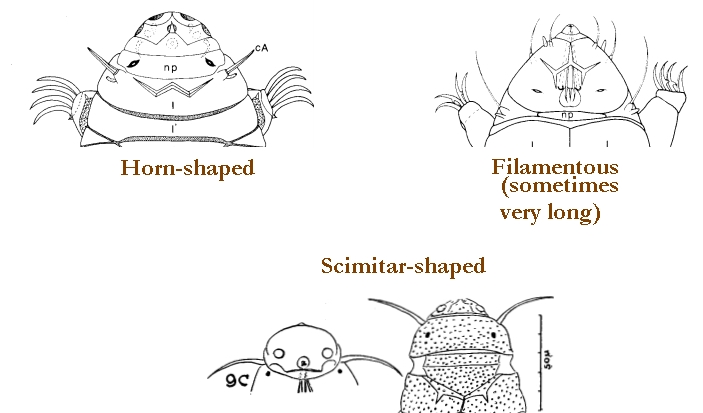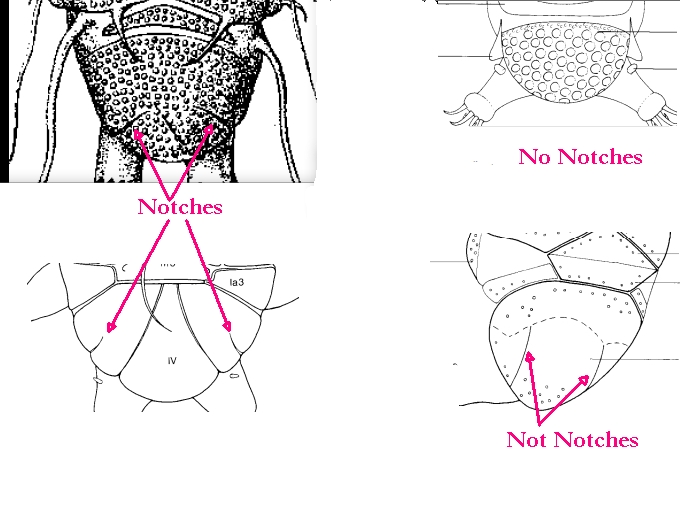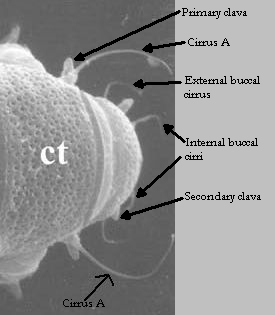Genus description from Pilato & Binda 1987: “Unghie di tipo Hypsibius. L’apparato bucco-faringeo, sprovvisto di sbarretta di rinforzo, non è del tipico modello Diphascon perché il tubo è rigido per tutta la sua lunghezza e non suddiviso in una porzione anteriore rigida ed una posteriore flessibile, e la porzione posteriore ai supporti degli stiletti è sprovvista di ispessimento a spirale. La bocca è priva di lamelle periboccali. Le apofisi per l’inserzione dei muscoli degli stiletti sono del tipo ‘a cresta molto piatta’ (Pilato, 1987) con i processi caudali esili e rivolti lateralmente come in Itaquascon trinacriae, I. bartosi, I. umbellinae e in Platicrista. Gli stiletti sono esili e con la furca estremamente ridotta i cui processi postero-laterali sono brevissimi e non ingrossati all’apice. Sono presenti esili supporti degli stiletti. Nella parete del tubo bucco-faringeo manca qualunque ispessimento ‘a goccia’. Nel bulbo faringeo mancano apofisi, placoidi e septula.”
Translated: “Claws of type Hypsibius. The bucco-pharyngeal apparatus, devoid of a reinforcing bar, is not of the typical Diphascon model because the tube is rigid along its entire length and not divided into a rigid anterior portion and a flexible posterior portion, and the posterior portion to the stylet supports is devoid of spiral thickening. The mouth is devoid of periboccal lamellae. The apophyses for the insertion of the stylet muscles are of the ‘very flat crest’ type (Pilato, 1987) with the slender and laterally turned caudal processes as in Itaquascon trinacriae, I. bartosi, I. umbellinae and in Platicrista. The stylets are thin; their furca are extremely reduced with very short postero-lateral processes not swollen at the apices. There are slender stylet supports. In the bucco-pharyngeal tube wall there is no ‘drop-like’ thickening. The pharyngeal bulb lacks apophyses, placoids and septula.”


Citations:
Pilato G, Binda MG. 1987. Parascon schusteri n. gen. n. sp. (Eutardigrada, Hypsibiidae, Itaquasconinae). Animalia. 14 (1/3): 91-97.
